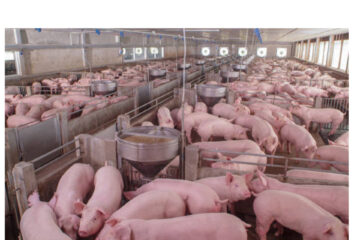Namibia exported goods worth N$4.9 billion to African markets in June. At the same time, the country sourced goods from the rest of Africa worth N$4.9 billion, the Namibia Statistic Agency said.
In terms of regional composition, the Southern African Customs Union (SACU) emerged as the largest export market during the month of June, contributing 38.8 percent to total exports.
The Organisation for Economic Co-operation and Development (OECD) ranked second with a market share of 23.7 percent while the European Union and the South African Development Community excluding SACU accounted for 20.7 percent and 17 percent, respectively. Common Market for Eastern and Southern Africa (COMESA) absorbed 15.8 percent of Namibia’s total exports.
On the demand side SACU maintained its position as the largest source of Namibia’s imports with a share of 47.2 percent of the total import bill followed by the OECD market with a contribution of 22.3 percent while (Brazil, Russia, India, China and South Africa (BRICS) came third in the list with a share of 14.3 percent. European Union (EU) and COMESA markets had a share of 13.6 percent and 1.0 percent, respectively.
Namibia’s trade by mode of transport revealed that in June, vast goods were exported via air transport, accounting for 40.9 percent of total exports, followed by sea transport with 34.1 percent and road transport with 25 percent. From the demand side, road transport was the most frequent mode of transport accounting for 59.6 percent of total imports followed by sea transport with 33.8 percent and Air transport with 6.6 percent.
Namibia wants to promote intra African trade through the African Continental Free Trade Area (AfCFTA), which is one of the flagship projects of Agenda 2063.
AfCFTA is a high ambition trade agreement, with a comprehensive scope that includes critical areas of Africa’s economy, such as digital trade and investment protection, amongst other areas.
The specific objective of the AfCFTA is to progressively eliminate tariffs and non-tariff barriers to trade in goods and liberalize trade in services; cooperate on investment, intellectual property rights and competition policy.




